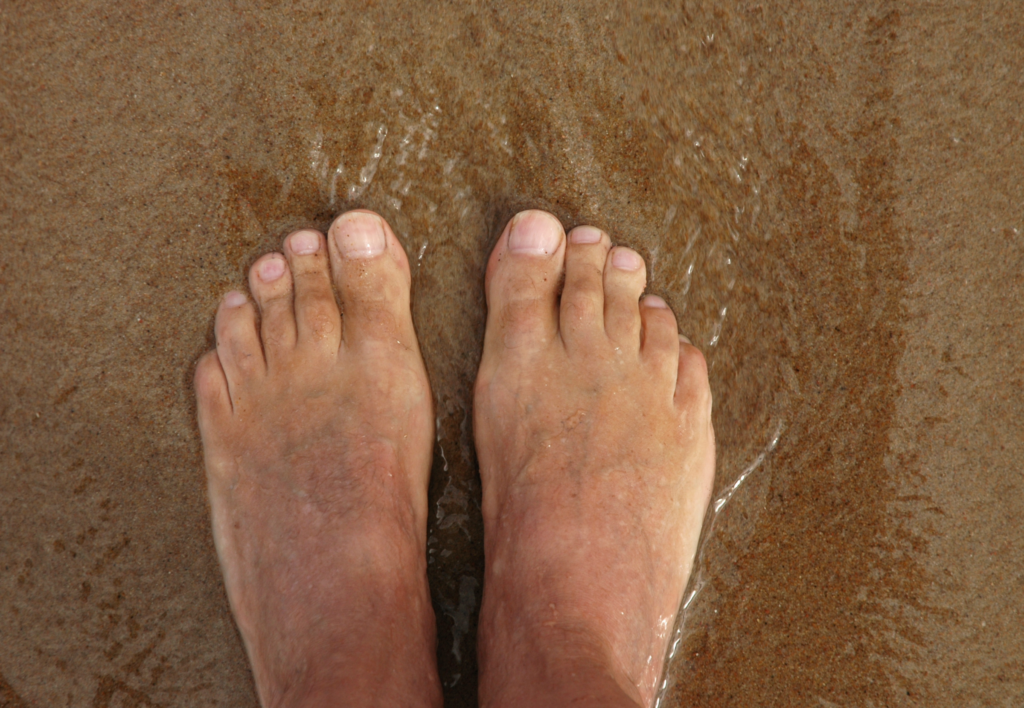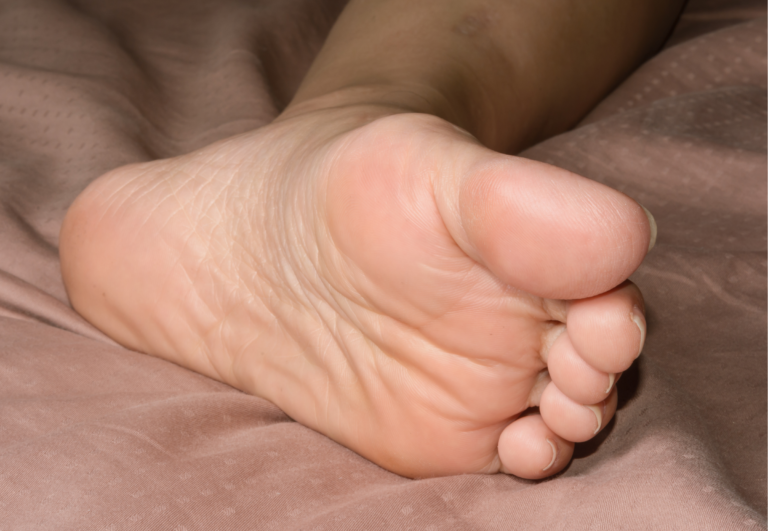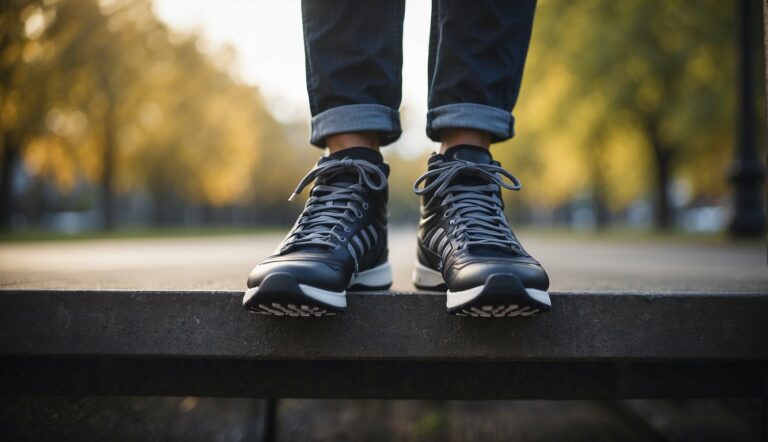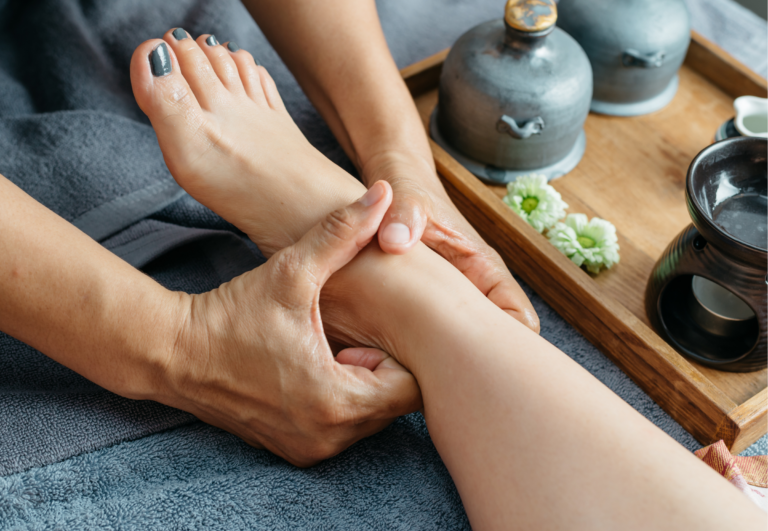Toe Spacers Wearing Schedule: Optimal Timings for Foot Health
As a toe spacer enthusiast, I’ve seen firsthand how these simple devices can impact overall foot health. Toe spacers are designed to realign toes to their natural position, which can be beneficial for people who experience discomfort due to conditions like bunions or hammertoes. By gently separating the toes, these spacers help to promote proper toe alignment and can alleviate pressure on the joints, possibly improving balance and stability over time.
Incorporating toe spacers into your routine can be a game-changer for foot comfort, but establishing the right wearing schedule is key. For beginners, it’s generally recommended to start with shorter periods of use to allow your feet to adjust gradually. Typically, I advise wearing toe spacers for about 10-15 minutes a day and then slowly increasing the duration as comfort allows.
Consistency is crucial for reaping the full benefits of toe spacers. It’s not just about the length of time they are worn, but also about making them a regular part of your foot care practice. Remember, while toe spacers can contribute to improving foot health, they’re not a cure-all and should be used as part of a comprehensive approach to foot care. It’s always wise to consult with a healthcare professional before starting any new foot health regimen.
How Often and When To Use Toe Spacers
Toe spacers are designed to improve foot health by enhancing stretch, balance, and mobility. When used correctly as part of a daily routine or during specific physical activities, they can support athletic performance, aid in recovery, and encourage proper weight-bearing activities.
Daily Wearing Schedule
Morning: Upon waking, I fit toe spacers snugly between each toe for at least 10 minutes to gently stretch foot muscles. This brief period assists in maintaining toe alignment throughout the day.
Daytime: For those new to toe spacers, I recommend wearing them for 1-2 hours during sedentary activities, gradually increasing to 4 hours as comfort allows. Consistency is key to experiencing benefits like improved balance and mobility without overwhelming your feet.
Evening: Wearing toe spacers for 30 minutes to 1 hour before bed can facilitate recovery from the day’s weight-bearing activities. This helps relax the foot muscles and realign the toes after a day of compression.
During Physical Activities
Stretching: While engaging in stretching routines, insert toe spacers to enhance the stretch of the foot’s musculature. Hold each stretch for 30 seconds to allow muscles to fully release.
Low-Impact Exercises: During yoga or balance exercises, wearing toe spacers can increase foot stability and proprioception. This can lead to an improvement in overall athletic performance.
Post-Activity Recovery: After high-impact activities, such as running, I find it beneficial to use toe spacers during cooldown stretches to aid in the feet’s recovery process, minimizing the risk of misalignment and fostering better mobility for future activities.
Integrating Toe Spacers into Foot Care
Toe spacers can be an invaluable addition to your foot care routine, helping to enhance foot strength and stability while aiming to reduce discomfort. They’re designed to spread your toes, promoting proper alignment and can be paired effectively with massage and other complementary therapies to support foot health.
Complementary Therapies
Toe Spreaders: I find that incorporating toe spreaders for a few hours daily can significantly aid in maintaining properly aligned toes, which supports overall foot health. They work well with massage to promote circulation, which is especially beneficial for those with conditions like diabetes or neuropathy.
- Exercise: Toe separation is most effective when combined with exercises designed to strengthen the foot muscles, enhancing both stability and balance.
- Duration: Starting with shorter periods, I typically recommend wearing toe spacers for about 10 minutes and gradually increasing to a comfortable duration.

When to Consult a Healthcare Provider
Pain Reduction: While toe spacers are associated with pain relief, persistent pain should prompt a visit to a healthcare provider. Conditions such as diabetes can lead to foot complications, and a professional can tailor a treatment plan specific to your needs.
- Neuropathy: Individuals experiencing loss of sensation in their feet need to be particularly cautious. Consult your provider before beginning any new foot care practices.
- Professional Guidance: It’s vital to speak with a healthcare provider if you’ve got concerns about how to integrate toe spacers safely into your care, especially if you have underlying health conditions.
Common Concerns and Solutions
When incorporating toe spacers into your routine, it’s important to manage discomfort and avoid complications for optimal results.
Addressing Discomfort and Pain
Discomfort: Starting to use toe spacers can initially cause discomfort, especially if there is pre-existing tension in the toes. To mitigate this, begin with short periods of wearing time, about 10-15 minutes, and gradually increase as your toes adjust. Ensure that you’re using the correct size of toe spacers for better comfort.
Foot Pain: If you experience foot pain while using toe spacers, consider using ones with additional cushioning. It is also crucial to choose footwear with plenty of room to accommodate the spacers. If the pain persists, it’s advisable to consult with a foot health professional.
Preventing and Treating Complications
Inflammation and Swelling: To prevent inflammation, incorporate toe spacers gradually into your foot-care routine. If swelling occurs, reduce the wear time, apply ice, and elevate your feet when possible.
Support and Bruising: Choosing toe spacers that provide both separation and support can help prevent overstretching and bruising. Look for designs that fit well with your natural toe alignment and avoid over-tightening straps if your spacers have them. If you notice bruising, temporarily discontinue use and consult a foot health professional.
By following these measures, you can enhance the benefits of toe spacers while minimizing common concerns.
Choosing the Right Toe Spacers
Selecting the appropriate toe spacers is crucial to ensure foot health and comfort. This choice impacts your overall foot alignment and can complement orthotics prescribed by a podiatrist.
Fit and Comfort Considerations
When selecting toe spacers, fit is paramount. They should nestle comfortably between your toes, applying gentle pressure without causing pain or discomfort.
Materials matter—silicone toe spacers are often recommended for their durability and flexibility, conforming to the shape of your toes. Alternatively, gel toe spacers offer a softer cushioning, but may not provide the same level of correction as firmer options.
Expert Recommendations
I strongly advise consulting with a podiatrist before integrating toe spacers into your routine, especially if you’re currently using orthotics. Podiatrists can guide you towards the best choice suited to your unique foot structure.
Many experts suggest toe spacers like Correct Toes, which are designed to realign your feet naturally and can be worn comfortably with wider footwear. This endorsement by professionals underscores their effectiveness in foot health management.
Quick Overview of Toe Spacers
Toe spacers are an effective solution I’ve found to help with common foot ailments. Let’s explore the types available and the benefits they offer for certain conditions.
Types and Materials
I’ve experienced a variety of toe separators made from different materials. Silicone toe spacers are popular due to their flexibility and comfort.
They are often washable and reusable, ideal for daily wear. Gel toe separators, on the other hand, provide a softer cushioning which can be particularly comforting, although they tend to be less durable than silicone. For those with allergies or sensitivities, it’s important to choose the material that best suits your skin type.
Benefits for Foot Conditions
Using toe spacers can provide relief for several foot conditions. For bunions, spacers can help to realign the big toe, reducing pressure on the joint. In cases of hammertoe, they can aid in straightening bent toes, which might alleviate discomfort.
Also, they’ve proven beneficial in preventing and treating corns and calluses, by reducing friction between toes. It’s been my experience that consistent use of toe spacers can offer significant benefits, but it’s always wise to consult with a healthcare provider for personalized advice.





